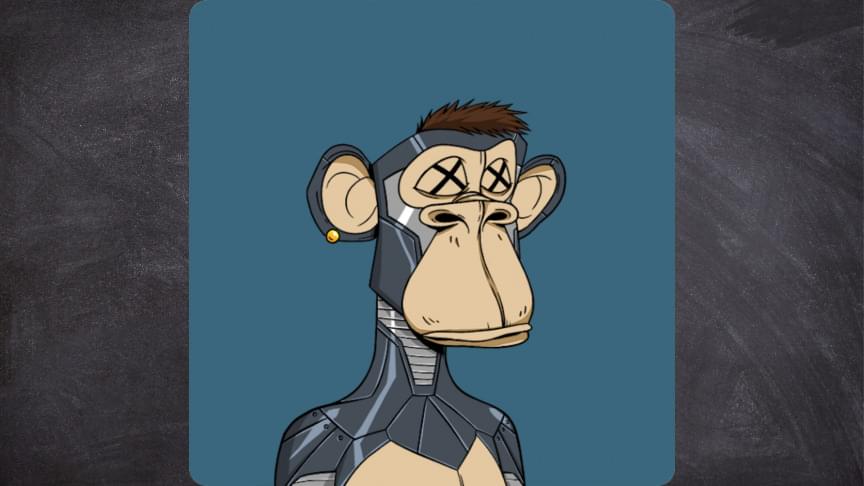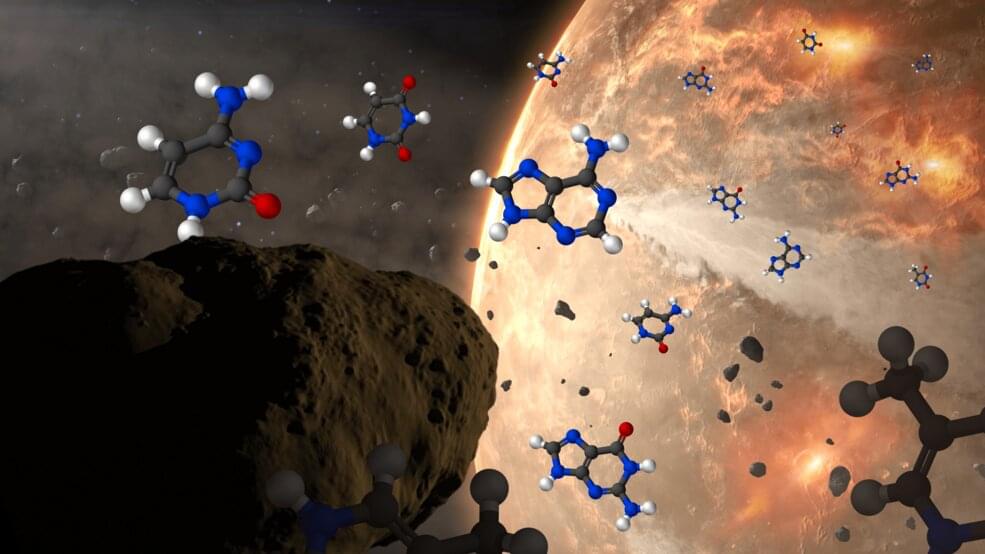Neil deGrasse Tyson gives his opinion on Elon Musk buying Twitter. Should Elon Musk be spending his time on Twitter or getting us to Mars? What does Neil deGrasse Tyson think of Mars as a backup plan for humanity? Is Neil deGrasse Tyson concerned about Elon Musk’s new policies?
#neildegrassetyson #elonmusk #twitter.
Join the Modern Wisdom Community on Locals — https://modernwisdom.locals.com/
Listen to all episodes on audio:
Apple Podcasts: https://apple.co/2MNqIgw.
Spotify: https://spoti.fi/2LSimPn.
Get in touch in the comments below or head to…
Instagram: https://www.instagram.com/chriswillx.
Twitter: https://www.twitter.com/chriswillx.
Email: https://chriswillx.com/contact/






